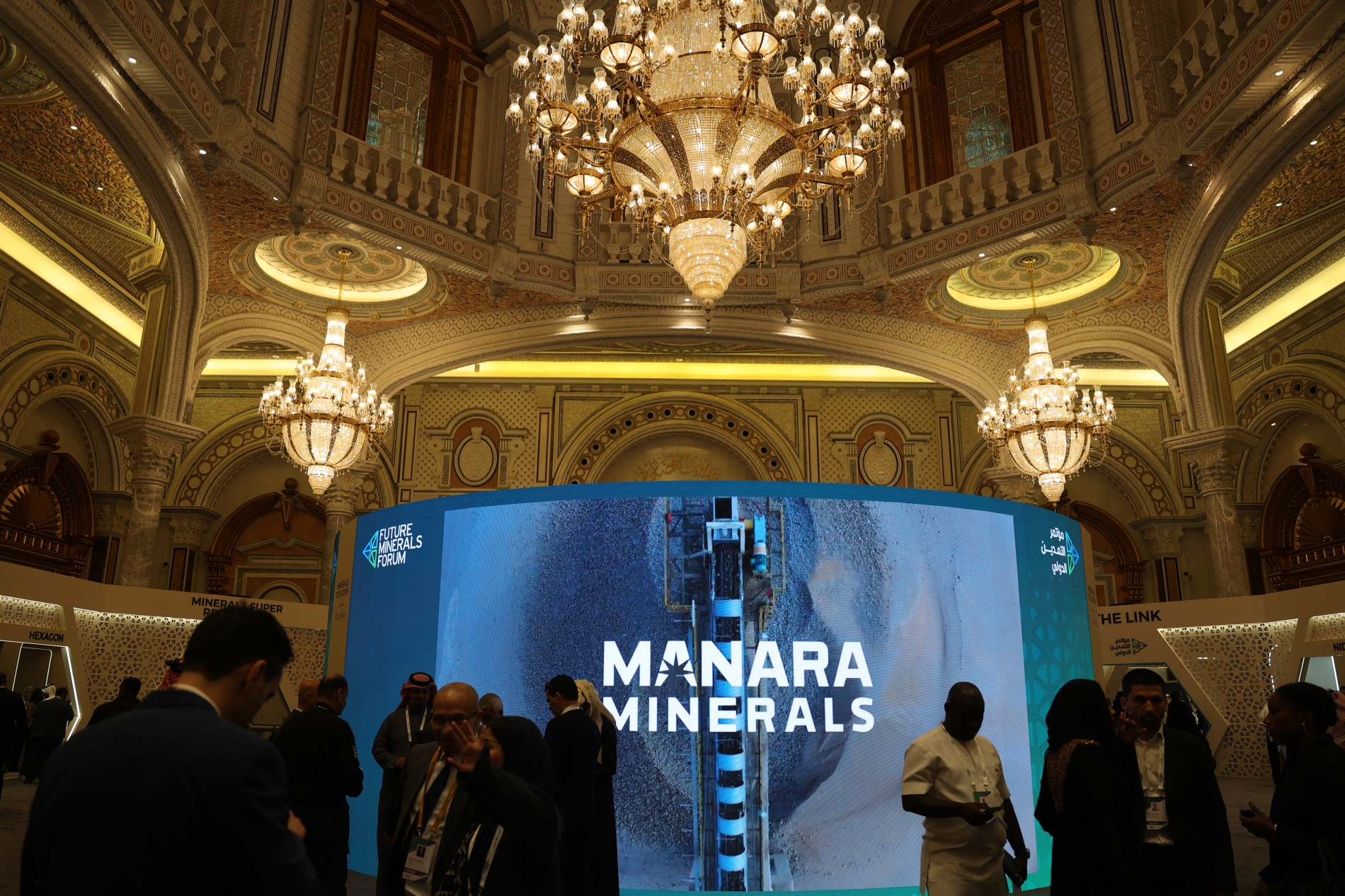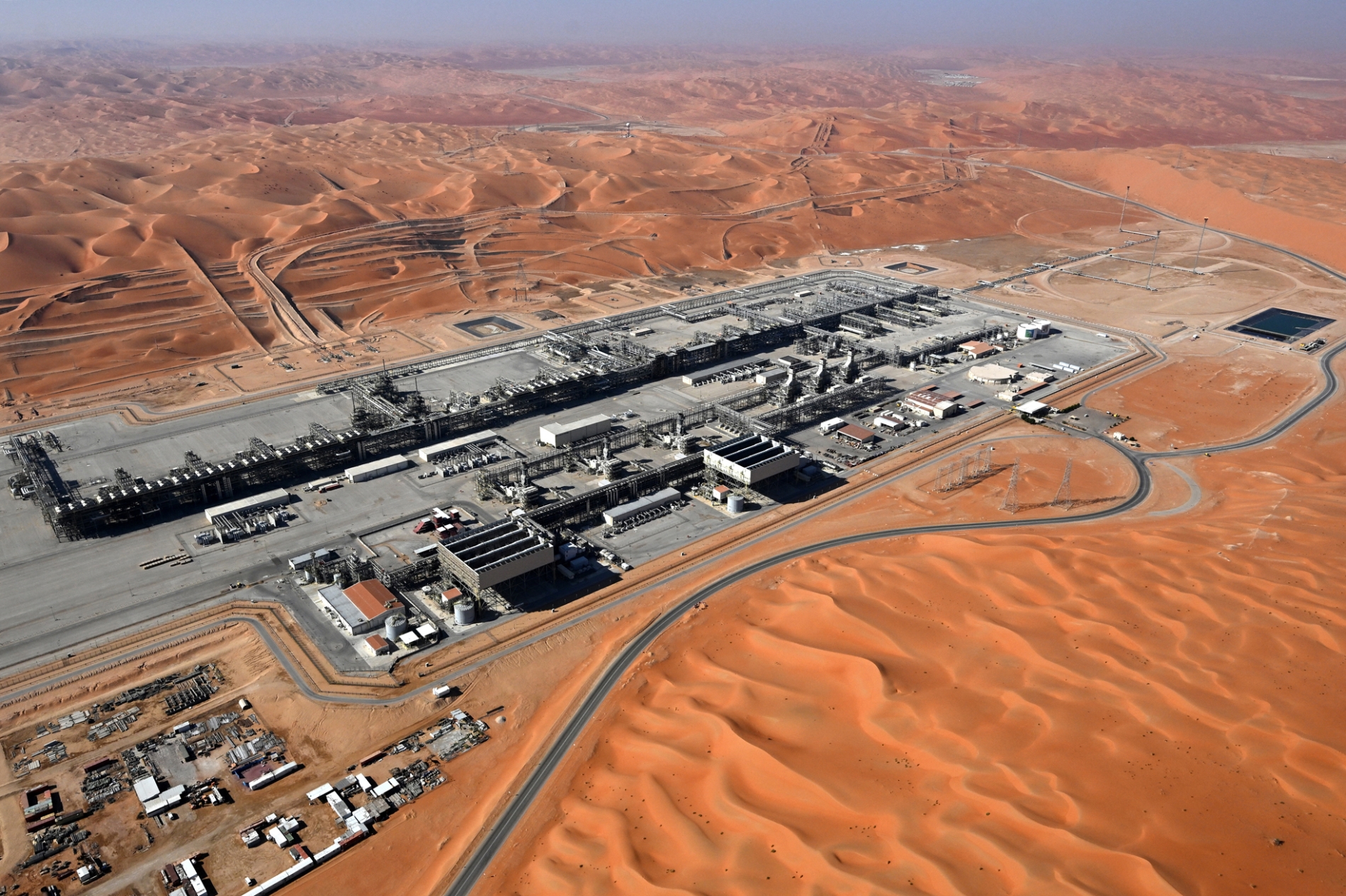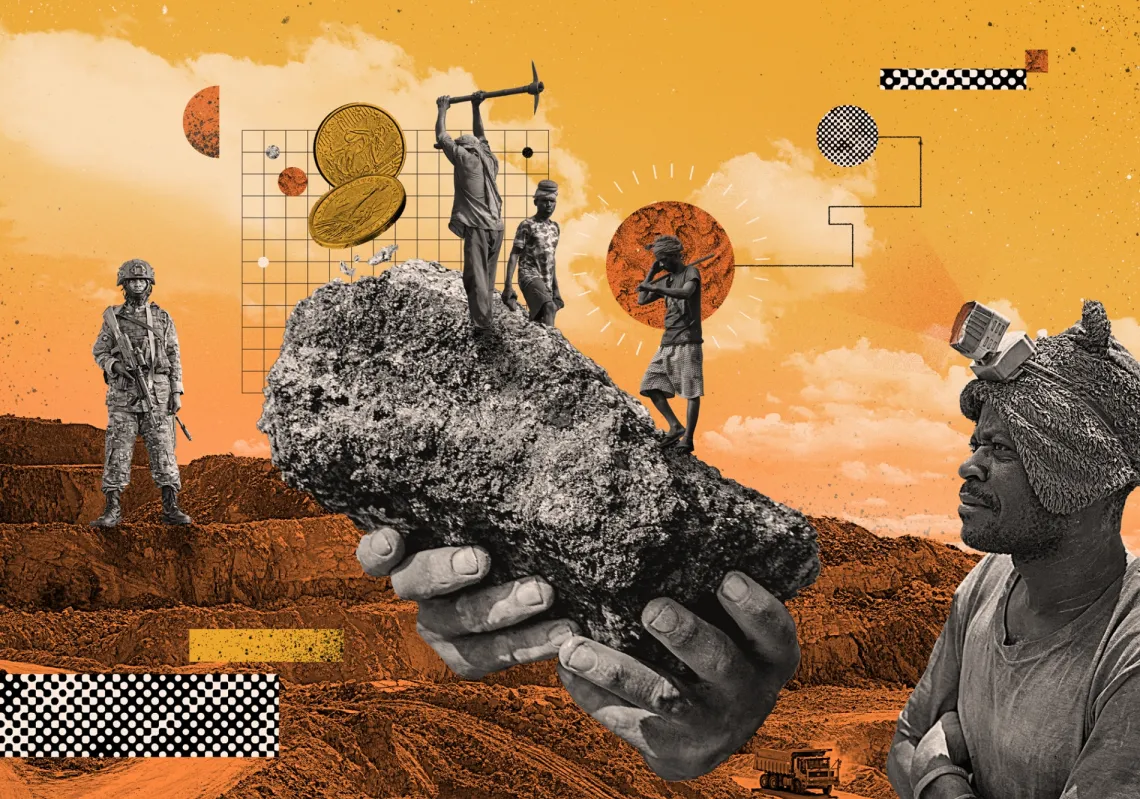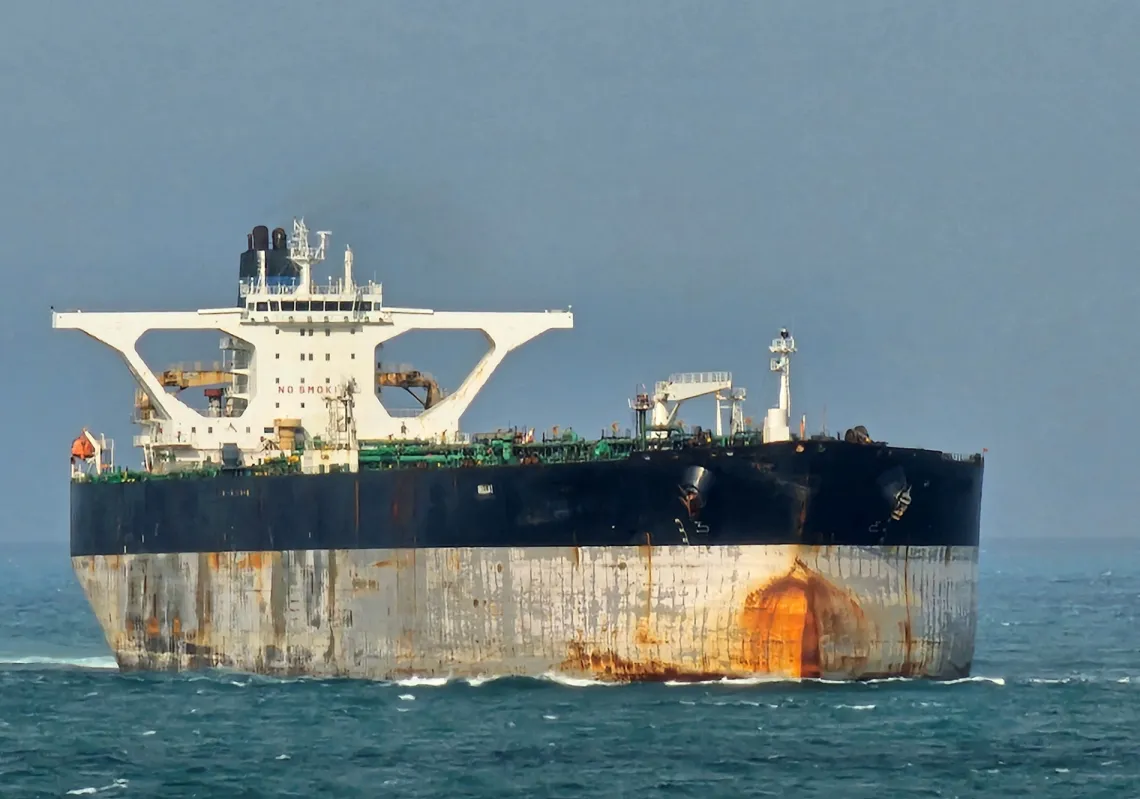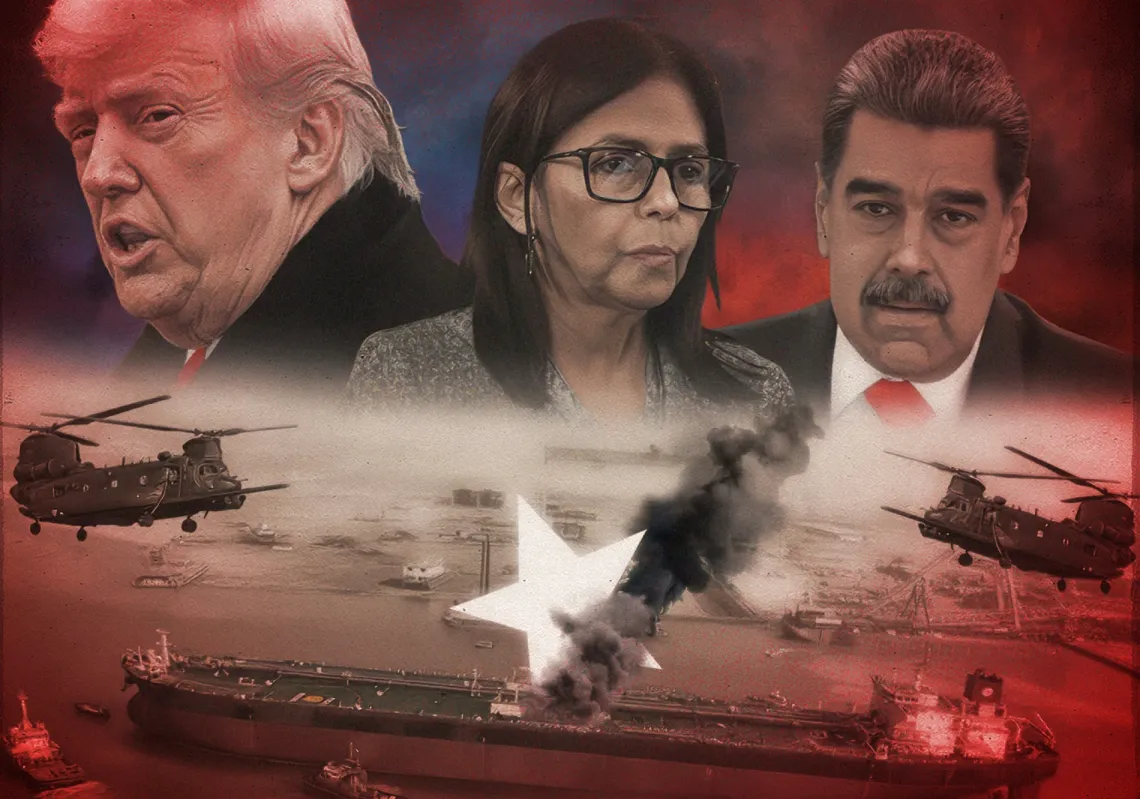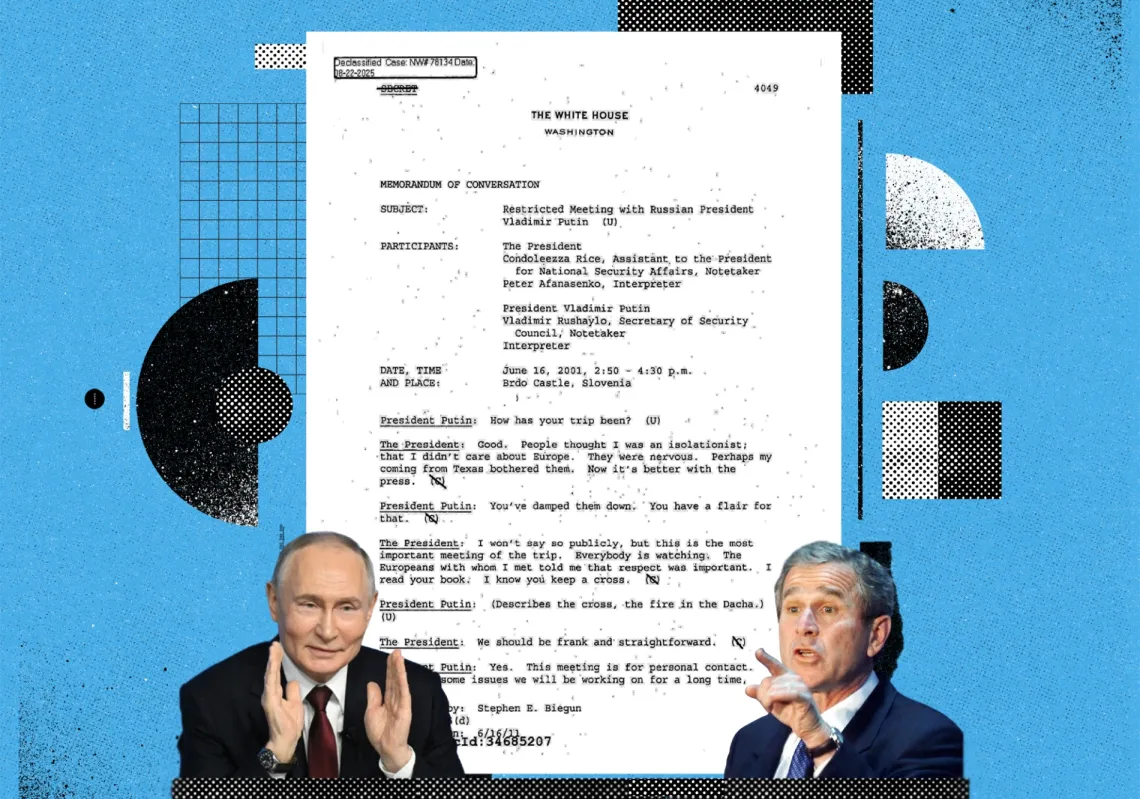In just four editions, the Future Minerals Forum (FMF) has transformed from a bold Saudi initiative into one of the world’s most influential gatherings in the mining and minerals industry. This success reflects the leadership of Saudi Arabia’s Ministry of Industry and Mineral Resources, which has translated Vision 2030 into reality by positioning mining as the Kingdom’s “third pillar” of economic growth.
Through FMF, the ministry has created a global platform that not only advances Saudi ambitions but also unites international stakeholders around the shared goal of building sustainable and resilient mineral supply chains. What once was a fragmented landscape of industry conferences, scattered across continents, has now found a central anchor in Riyadh. It is a unifying platform that is reshaping the narrative of minerals, mining, and investment for the 21st century.
Before FMF, the global mining calendar was divided across regional powerhouses. PDAC in Canada dominated North America, with its strength in exploration, financing, and junior miners; Mining Indaba in South Africa was the continent’s largest platform, focusing on Africa’s vast resource potential and development challenges; and IMARC in Australia concentrated on the Asia-Pacific, highlighting Australia’s mining exports, innovation, and regional partnerships.
Each played its role within its respective geography, but none managed to bring the world's mining industry together: governments, policymakers, financiers, and industry leaders from across North America, Europe, Asia, Africa, and the Middle East under one roof.
Riyadh, through the Future Minerals Forum, has now achieved what others could not. It has transformed fragmented regional gatherings into a unified global focal point. In just four editions, FMF has become the arena where East meets West, where investors from North America and Europe engage directly with policymakers from Africa, Asia, and the Middle East, and where strategies for the world’s energy transition and supply chain resilience are coordinated.
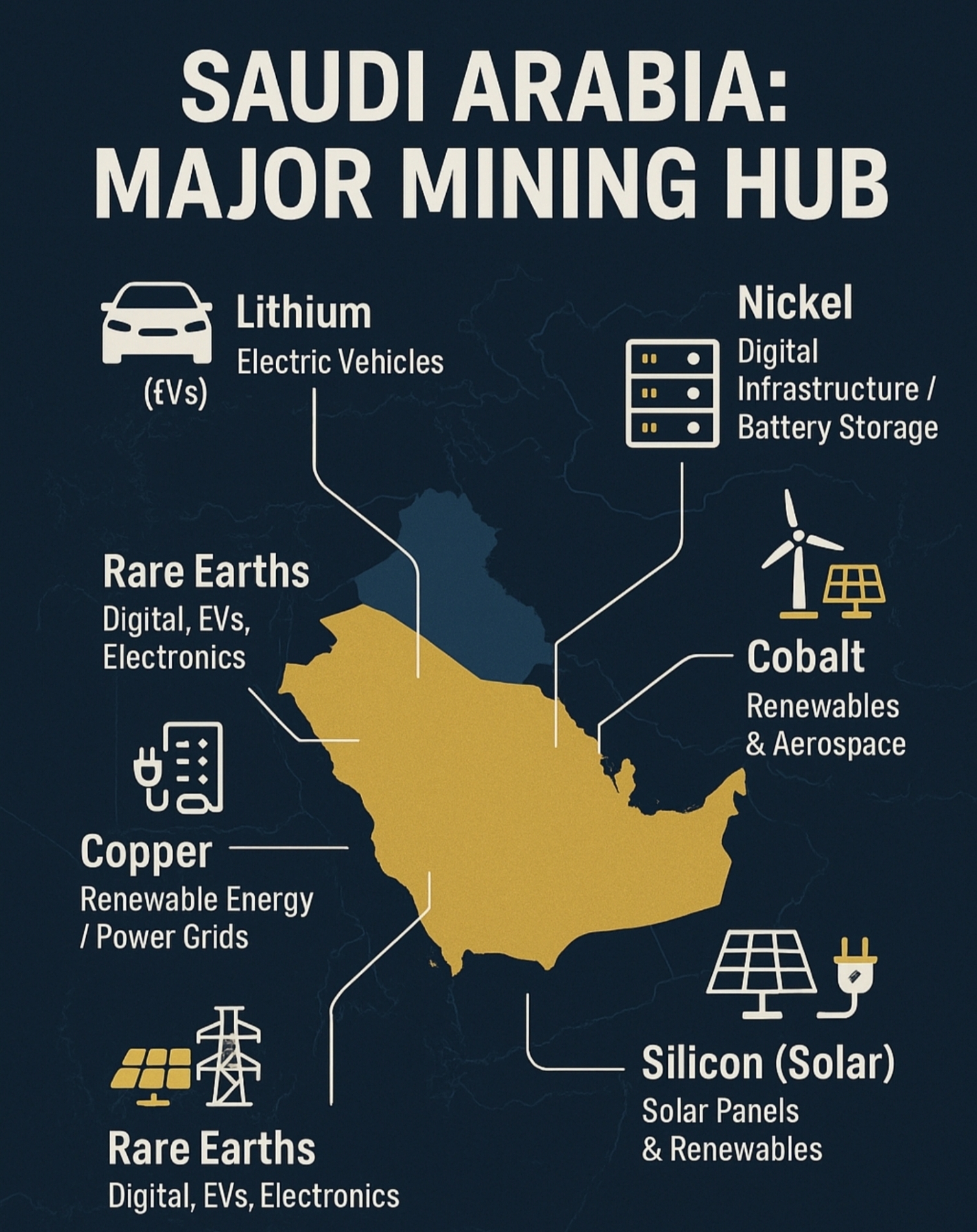
From fragmentation to focus
Mining conferences of the past were influential in their respective regions, but were also scattered across the globe. North America focused on exploration and capital markets. Africa emphasised local development. Australia leaned heavily on resource exports. Each told an important story, but separately.
The Future Minerals Forum changed that equation. It positioned Saudi Arabia as the natural meeting ground of the global minerals industry. It bridges Africa’s resource-rich markets, Asia’s industrial powerhouses, Europe’s advanced technologies, and North America’s capital strength, all anchored by the Middle East’s strategic investment and logistics hub.
By doing so, Riyadh has created not just another mining conference but a true platform of alignment. It is a place where fragmented regional conversations are unified into a single global dialogue, where policymakers set direction, investors find opportunities, and technology leaders showcase solutions.
At FMF, discussions flow seamlessly across continents, connecting supply with demand, finance with innovation, and strategy with execution. It has become the only forum where the entire mining value chain—from exploration to production and from capital markets to critical minerals security—converges under one agenda.



